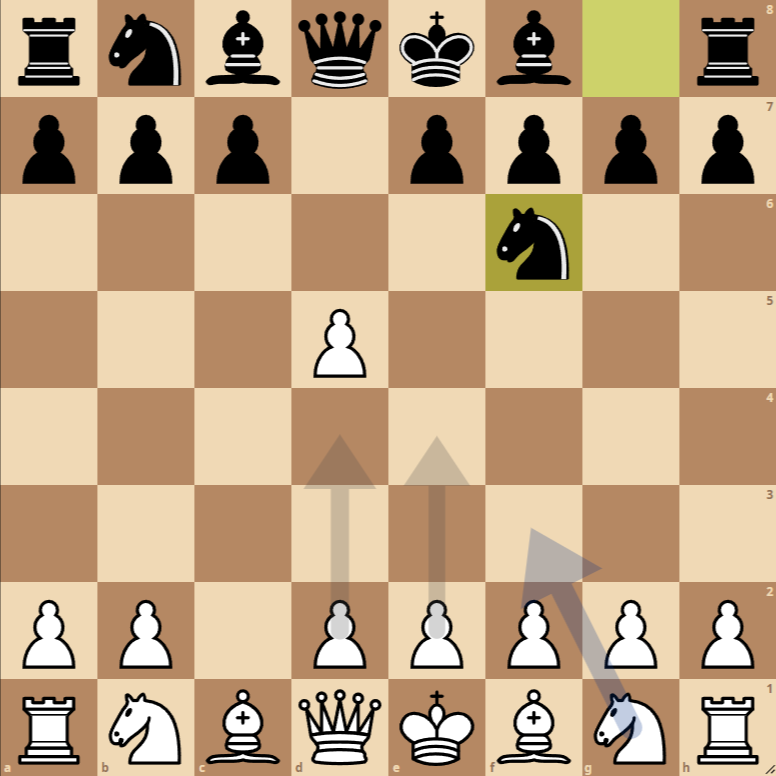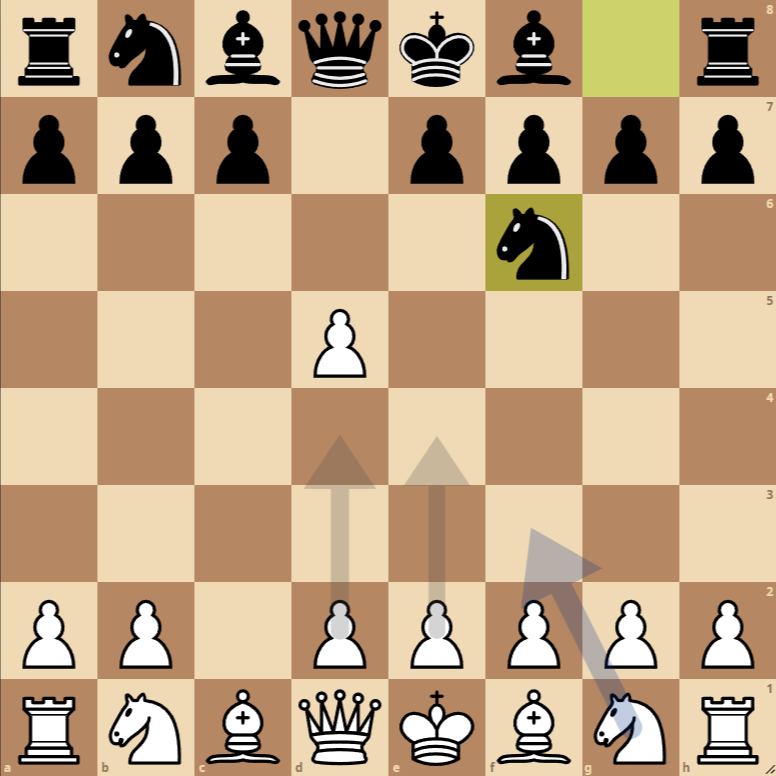How to Play the English Opening: Anglo-Scandinavian Defense, Schulz Gambit


The English Opening: Anglo-Scandinavian Defense, Schulz Gambit is an unconventional variation that leads to dynamic and unbalanced positions right from the start. It is characterized by the following moves:
- 1. c4: White starts by advancing the queen’s pawn to the fourth rank, controlling the center and preparing for piece development. This is a typical first move in the English Opening.
- 1… d5: Black responds immediately by challenging the center, an uncommon move in this opening that leads to the Anglo-Scandinavian Defense.
- 2. cxd5: White captures the d5 pawn. This marks the beginning of the Schulz Gambit, offering a pawn to gain a development advantage.
- 2… Nf6: Black develops the knight to a central position, recovering material and preparing to continue developing their pieces.
Variations of the English Opening: Anglo-Scandinavian Defense, Schulz Gambit
Variation 1: 2… Qxd5
In this variation, Black chooses to recapture the pawn with the queen. This can lead to a fast-paced game, but Black’s queen may become vulnerable to White’s early attacks and developments.
Variation 2: 2… e6
Here, Black prepares to recapture the pawn with the queen in a safer manner. This move also contributes to development, preparing for castling and rook connection.

